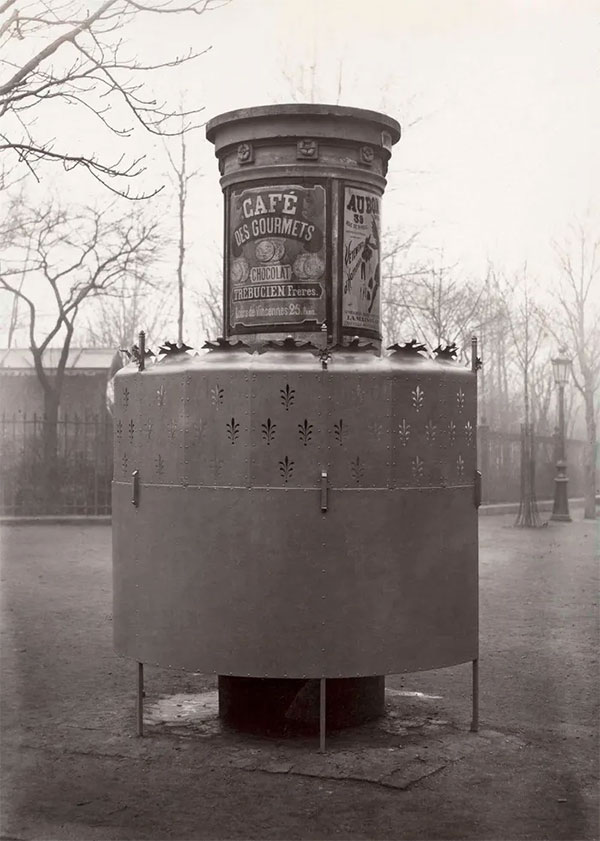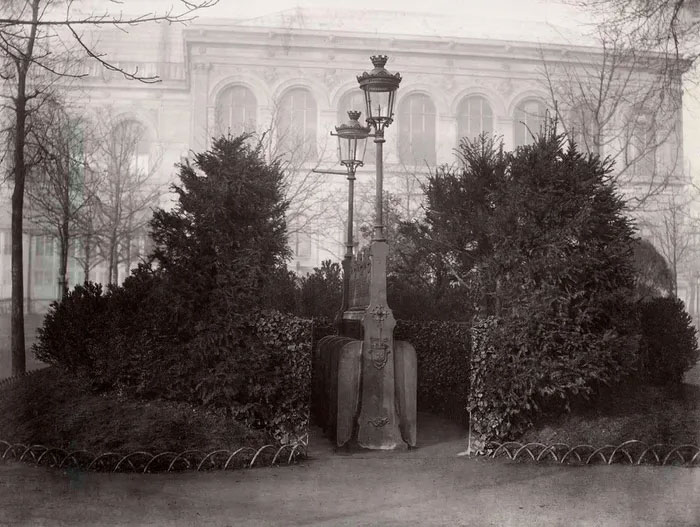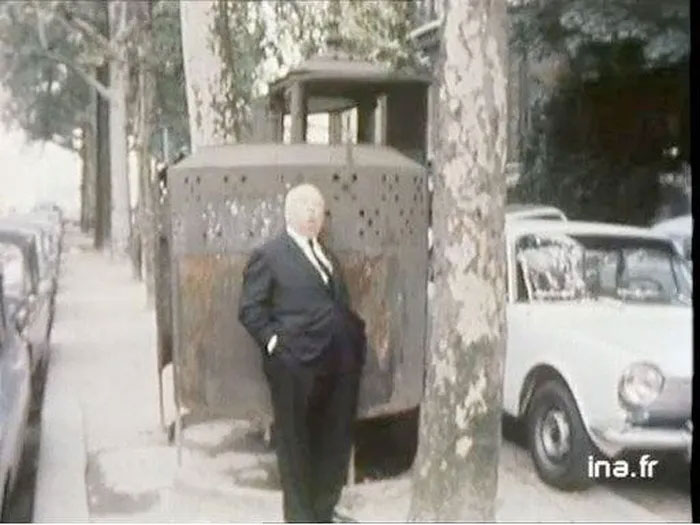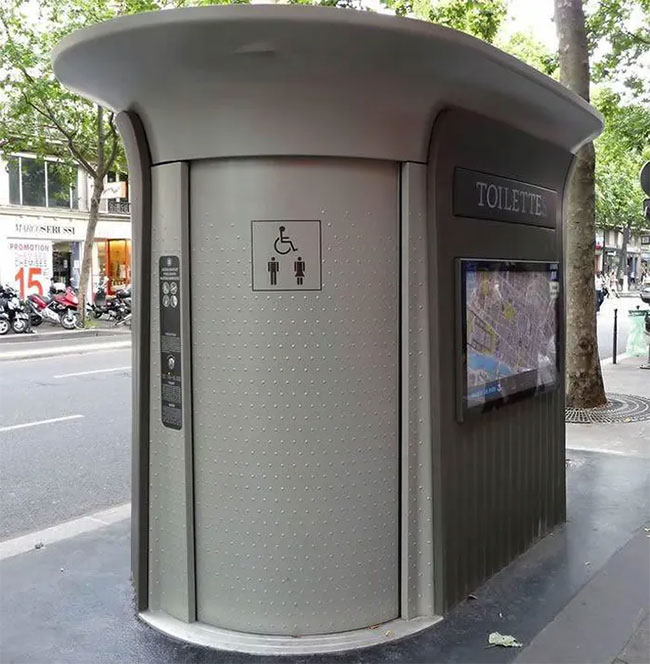Known as pissoir or vespasienne, public toilet booths were once very popular in Paris and Europe. Pissoirs were not only places for men to urinate but also a significant part of Paris’s tumultuous history.
The purpose of these public booths was to provide men with a place to relieve themselves, rather than urinating on the sidewalks or the walls of buildings. Such inventions helped Paris become the most modern city in the world during the 1800s, and it was quite common to see someone “taking care of business” in public.
If you stroll through many European cities on a weekend evening, you’re sure to encounter someone urinating in public. In England, those caught doing so would be fined, yet this did not stop the number of people from urinating in the streets. In the 1700s, France had laws against public urination, especially in Paris; however, despite these regulations, Paris still earned a reputation as one of the dirtiest cities of that era.
The situation worsened as people continued to conduct business and socialize on streets filled with waste, horse manure, and foul odors.

Toilets were constructed with a cylindrical metal design. The image shows a pissoir taken in 1865.
By the 1850s, efforts to modernize Paris began, including providing men with a place to urinate instead of allowing them to relieve themselves against the nearest walls.
This initiative was finally ordered by Napoleon III to be carried out by Baron Georges-Eugène Haussmann.
The concept of the pissoir, essentially a public urinal, was first conceived by Claude-Philibert Barthelot, Comte de Rambuteau, in 1834, but it wasn’t until Haussmann began installing them throughout Paris that they gained popularity.
Initially, the pissoirs were simple cylindrical structures surrounding a metal core and built of brick, with an opening facing the street. Pissoirs were referred to as “colonnes Rambuteau” (meaning “Rambuteau columns”).
As seen in the photograph (taken by Charles Marville, commissioned by Napoleon III to document the efforts to transform Paris into a modern city), these urinals, while located on the streets, concealed sensitive areas and helped reduce the foul smell of urine in Paris.

The image was taken in 1875.
However, according to Andrew Ayers’ report in Pin-Up Magazine, this idea took off, and by the 1840s, about 400 public urinals were scattered across the streets. In the following decades, outdoor urinal designs became more diverse in structure and building materials.
Pissoirs became a common sight in the 1930s, with around 1,200 located throughout Paris. Some reports suggest that they were used by the French Resistance during World War II as private meeting spots or to leave messages for someone without the Nazis detecting them. By the 1960s, Paris began removing these toilet booths, and eventually, only a handful remained to this day.
In 2019, an article on Smithsonianmag stated that Paris’s outdoor toilets not only helped transform a city but also played a role in overthrowing the Nazi regime.
Author Katherine J. Wu wrote that during World War II, public toilets were meeting points for French Resistance fighters.
To keep valuable military intelligence out of enemy hands, combat forces in World War II employed some rather creative communication tactics. The British had carrier pigeons. The Germans had the Enigma machine. And the French had their open-air pissoirs.

A man photographed in front of a vespasienne (in French) or pissoir, the common name for public toilets in Paris.
During the German occupation of Paris, Allied soldiers and spies used pissoirs to convey messages and weapons away from the curious eyes of the Nazis, according to AFP. At that time, with over 1,000 urinals across Paris, they seemed to be the perfect location for exchanging information.
Of course, the article notes that the original purpose of this public work was not to overthrow the Nazi regime but simply to help keep the city cleaner, more modern, and free from the overpowering smell of urine.
In fact, these pissoirs were also used by gay men as places for sexual encounters. However, city residents complained about this, arguing that pissoirs were harming the city’s reputation and image, prompting police to start lurking outside these open-air toilets to penalize violators.

Pissoir photographed in 1975.
Despite this, pissoirs were exclusively for men. Women did not enjoy the “luxurious privilege” of such facilities, as Paris officials at the time considered building toilet booths a waste of space, according to Warde-Aldam’s article.
Starting in 1980, the pissoirs were replaced with a more advanced and discreet toilet system, the precursor to today’s public restrooms. By 2006, only one pissoir remained in Paris, located on Arago Boulevard. While it is no longer widely used and mostly serves passing taxi drivers, many locals still take pride in it and regard it as part of the city’s tumultuous history.

Modern public toilets today cater to both men and women.
A few years ago, Paris revived the pissoirs in hopes of keeping the city’s sidewalks free of urine. However, these urinals – still only suitable for men – sparked intense controversy. Many opposed them, arguing that they were discriminatory and unfair. They contended that public urination points reinforced a troubling double standard: while men were actively encouraged to expose themselves in public, women were criticized for doing the same, even for harmless actions like breastfeeding.
| *The photos in this article were taken by one of the most talented and notable photographers of the 19th century, Charles Marville. He was commissioned by the city of Paris to document the city’s transformation, particularly the landmarks built by Baron Georges-Eugène Haussmann. |

















































